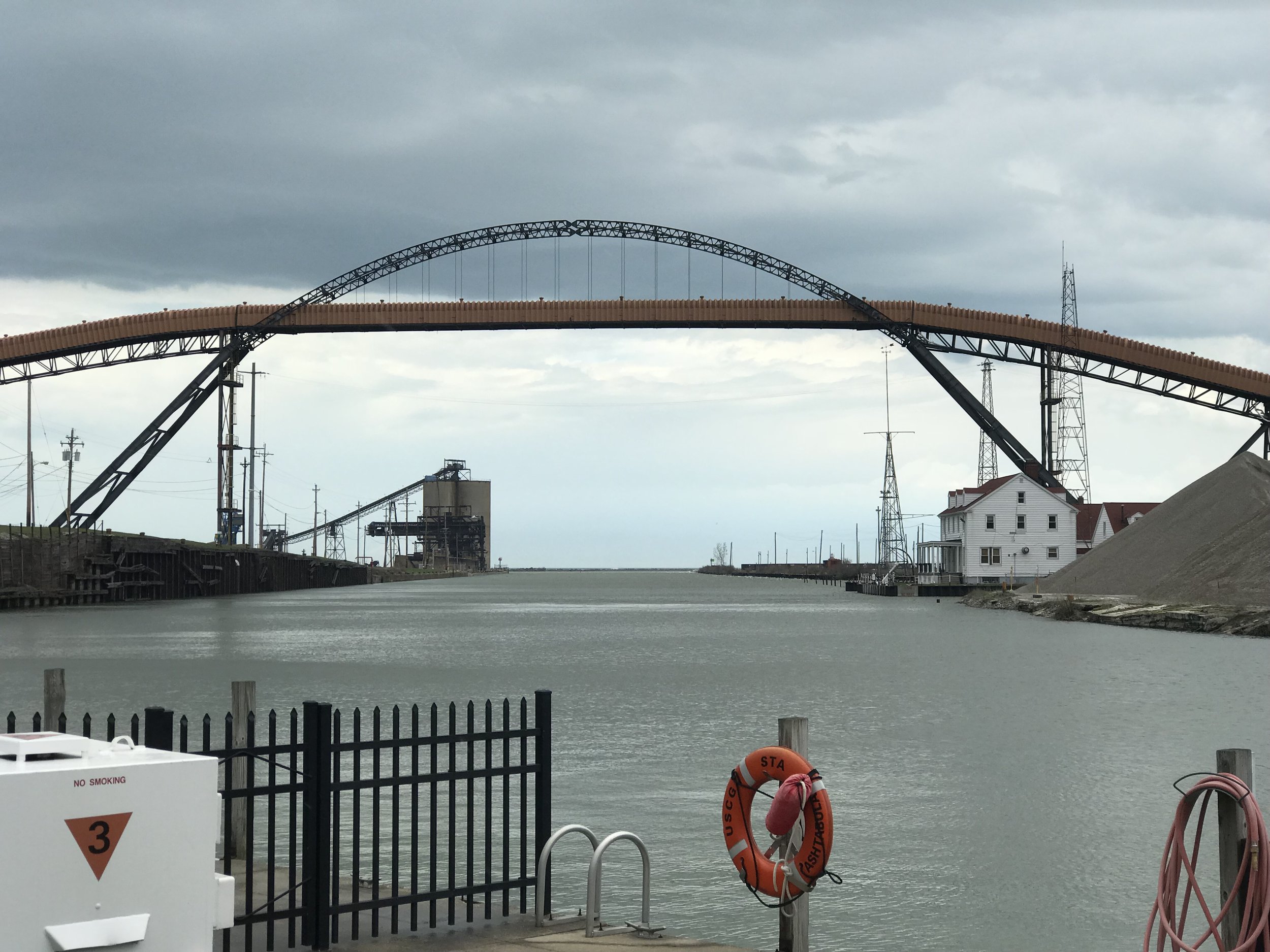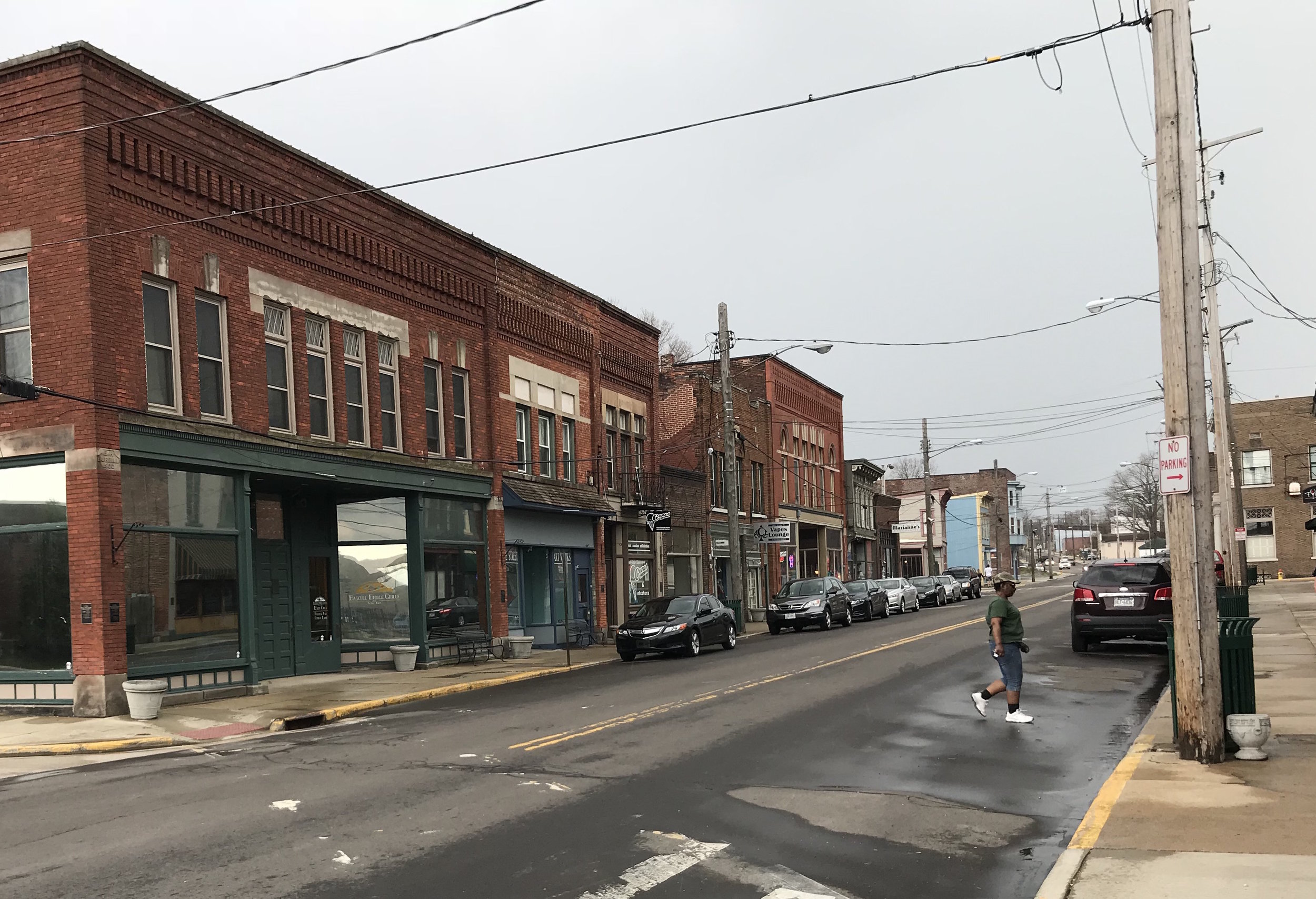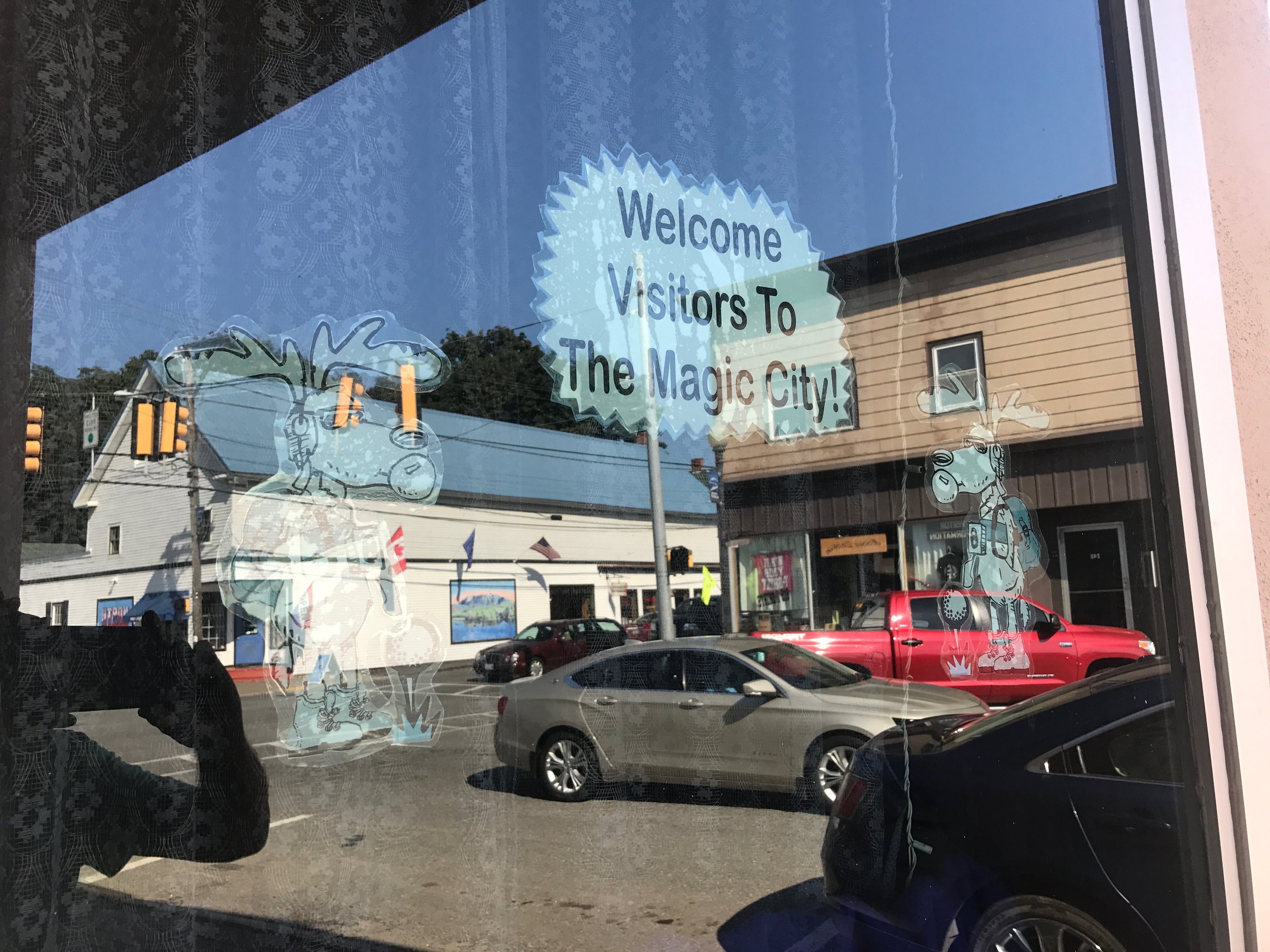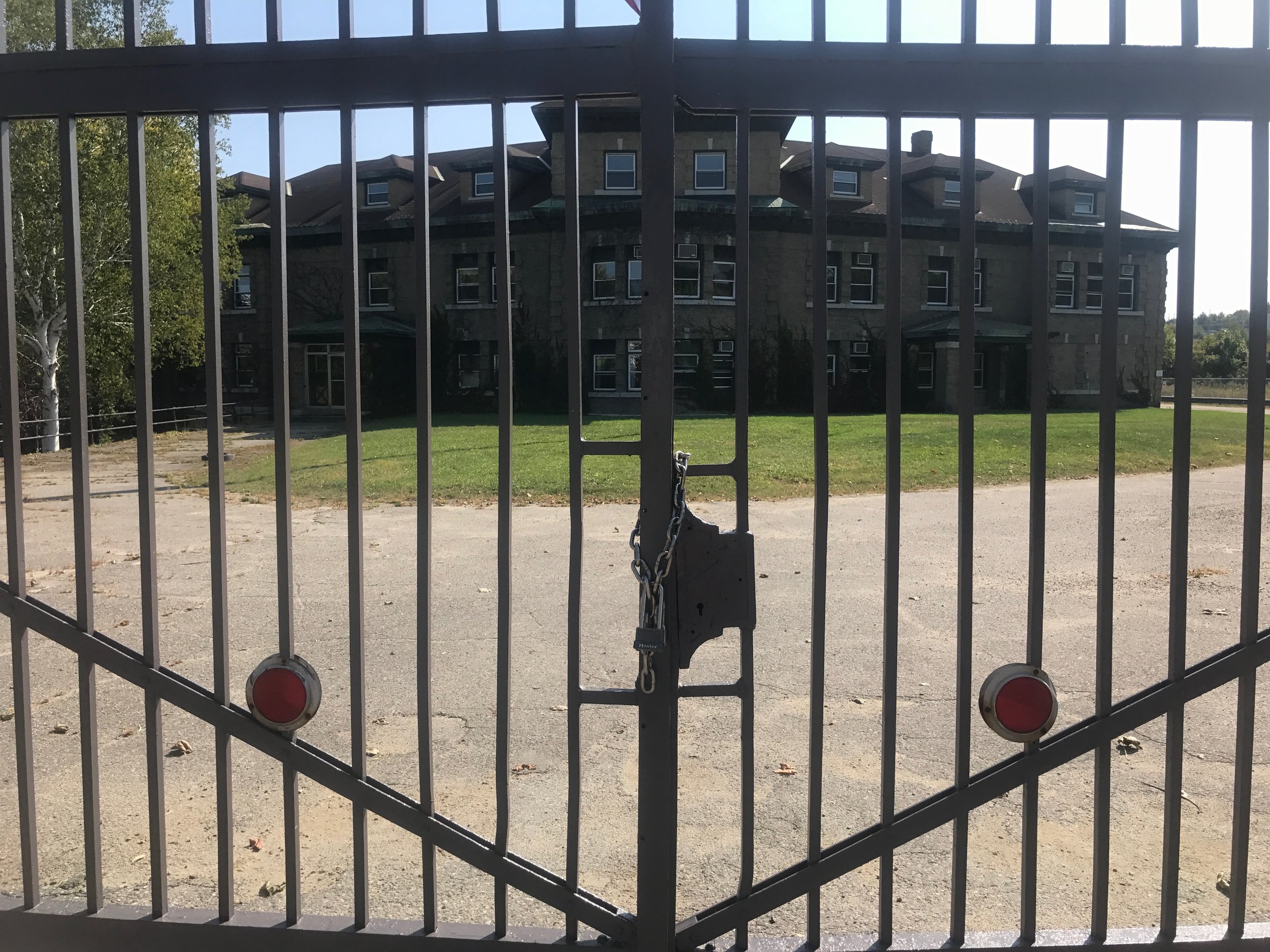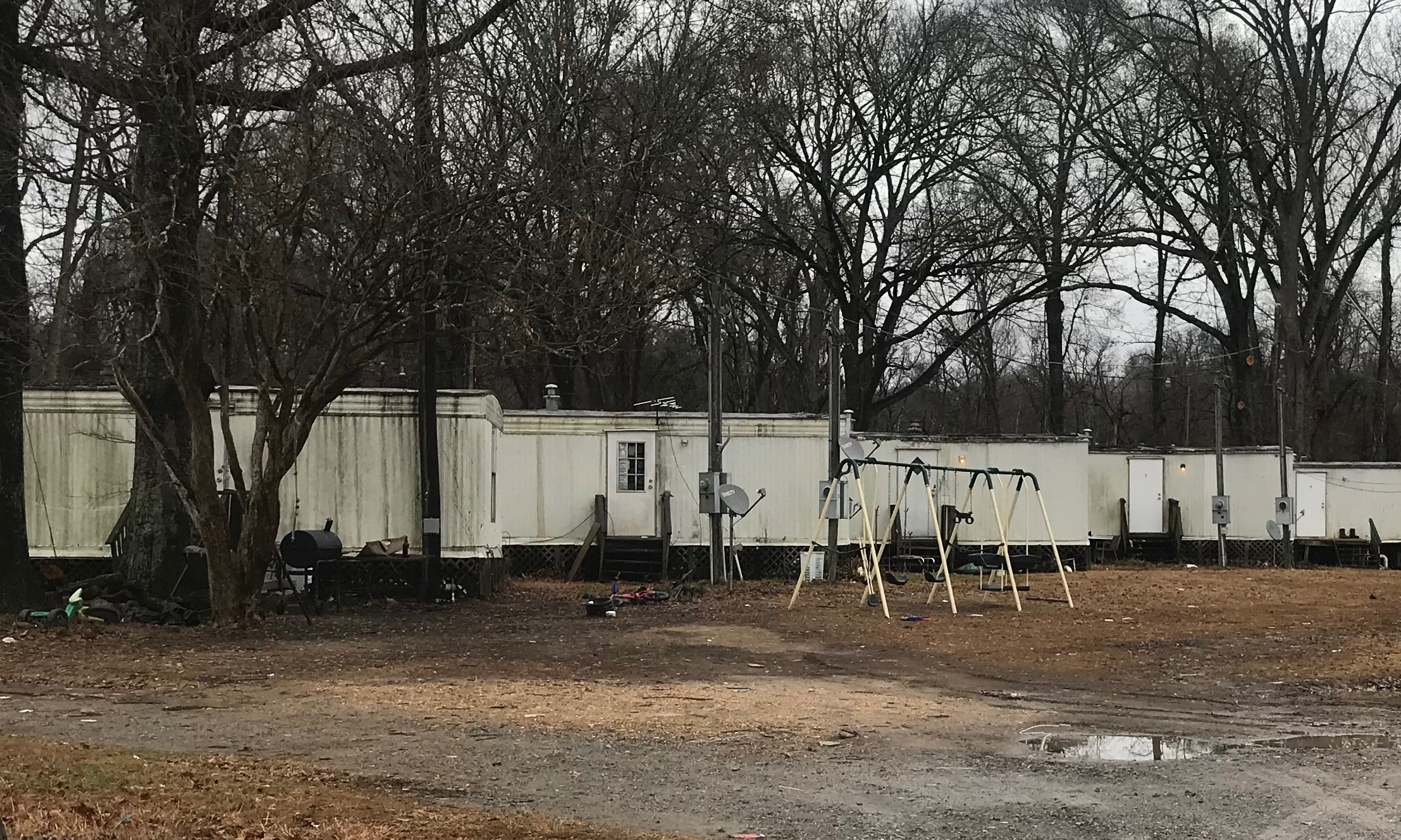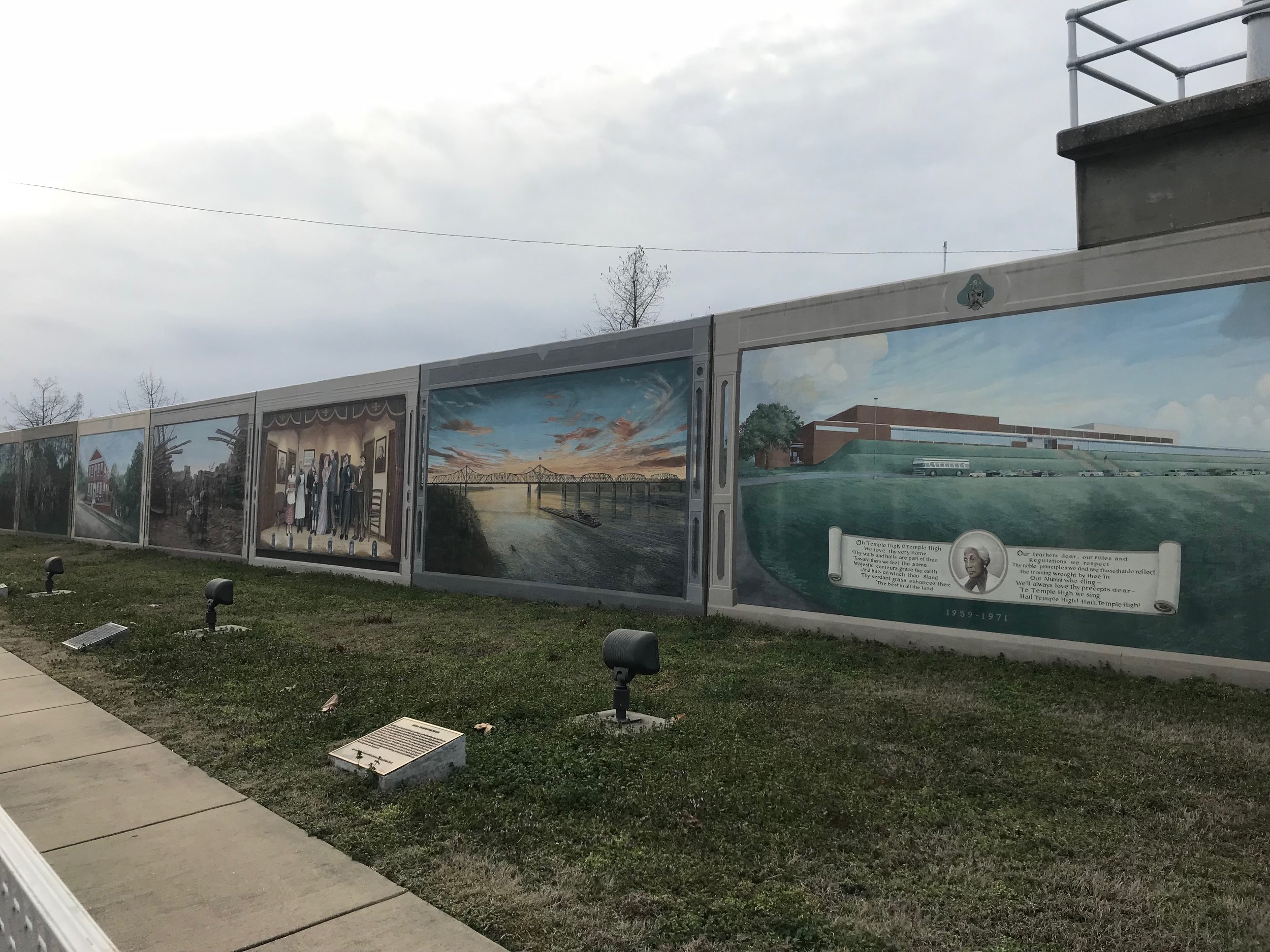Hard times in the Rust Belt
What resilient communities invest in
By Rick Holmes
May 18, 2018
Ashtabula, Ohio -- Ashtabula Harbor was a busy place back in the day. Ships from across the Midwest and Canada unloaded day and night at this port on Lake Erie. A steady flow of coal and iron ore climbed over the Ashtabula river on a long conveyor belt, moving from ships to railroad cars. Trains steamed south, taking the ore and coal to the steel mills of Pittsburgh and Youngstown.
But all was quiet the Friday I stopped by. No boats arriving or unloading, no trains coming or going. A few old-school bars and new-school coffee shops scrape by down on the waterfront, serving the owners of boats in the nearby marina and the occasional tourist. But there’s not much work for the working port.
The steel mills of Pittsburgh and Youngstown began closing down decades ago, their jobs lost to foreign competition. The steel industry has changed as well, moving to electric arc furnace steelmaking, which uses scrap metal from all over, not ore shipped from the Iron Range and off-loaded in Ashtabula.
Bottom line: Those jobs aren’t coming back, and while the overall employment outlook in America is pretty healthy – 3.9 percent unemployment is hard to knock – here in “Bula” it feels like hard times are here to stay.
In my travels across America over the last year I’ve visited several places whose best days are behind them - boom towns gone bust, once-thriving communities withering away. They are, by and large, cities that rose and fell because of events they couldn’t control.
Vicksburg, Miss., was wealthy back when cotton was king, slaves did the work and wealth traveled up and down the Mississippi River. Then it suffered a series of disasters: A 47-day siege and a bloody battle left it devastated in 1863. In 1876 the Mississippi changed course away from the town, making Vicksburg a backwater. Later, boll weevils wiped out cotton and a 1927 flood displaced thousands, many of them for good. The city never recovered. Today, Vicksburg is wealthy in nothing but history.
Millinocket, Maine, was born in 1901, built to serve what was at that time the newest, largest pulp paper mill in the country. Millinocket was dubbed “The Magic City” for its prosperity and growth. Great Northern Paper owned the town, and discouraged investment by other companies that might compete for its workers. So there was nobody to pick up the slack when Great Northern, having been bought, sold and picked clean by Wall Street investors, went bankrupt and dismantled its Maine mills.
“We stood on the porch there and watched trucks carry the mill out of town,” a volunteer at the Millinocket Historical Society recalled.
All these communities have good people, some of whom are doing their level best to revive their local economies. But the odds are against them, mostly because of circumstances outside their control – a location too far off the beaten path, resources that have run out or aren’t needed any more, corporate decisions made in boardrooms far away.
But there are plenty of cities that have bounced back from recessions, bankruptcies and plant closings. The things that make a community resilient are easy to list but hard to duplicate: A diversified economy, so that when one sector sputters, others keep going; strong non-profit institutions – like universities, hospitals, government agencies, military bases – that are resistant to swings in the business cycle; civic leadership that can mobilize new initiatives; an educated workforce critical to success in the 21st century.
Communities like Ashtabula lack those elements. They get caught in a vicious cycle of lost jobs, reduced tax revenue and budget cuts, leading to crumbling infrastructure and struggling schools. The best, brightest and youngest leave town, making things even more hopeless for those left behind. They are left with populations that are older, poorer and less educated than the average – a profile that doesn’t exactly attract new business.
The communities I’ve mentioned are in areas that voted for Donald Trump last time around, a reflection, in part, of their economic desperation. They are in states governed by Republicans, too many of whom seem to think cutting taxes is the answer to every question.
When the budget math doesn’t work, schools take the biggest hit. A recent study found that 29 states are spending less on education than they were a decade ago, before the recession hit. The deepest cuts have come in states that cut taxes rather than restoring school spending. No wonder teachers have gone on strike in some of America’s most conservative states.
There may be many paths to economic redevelopment, but disinvesting in education isn’t one of them. If the recovery ever reaches places like Ashtabula, Vicksburg and Millinocket, it will take more than tax cuts.
Rick Holmes can be reached at rick@rickholmes.net. You can follow his journey at www.rickholmes.net. Like him on Facebook at Holmes & Co, on follow him on Twitter @HolmesAndCo.
